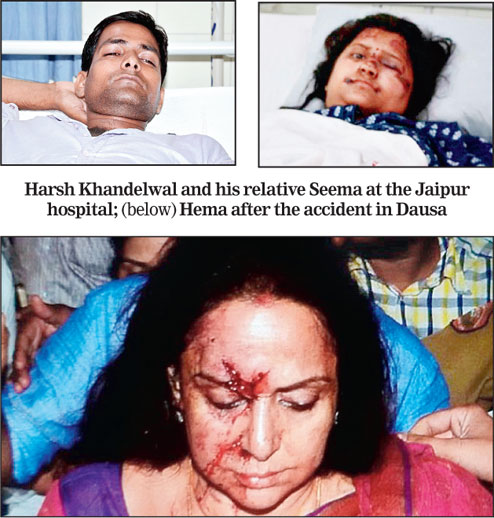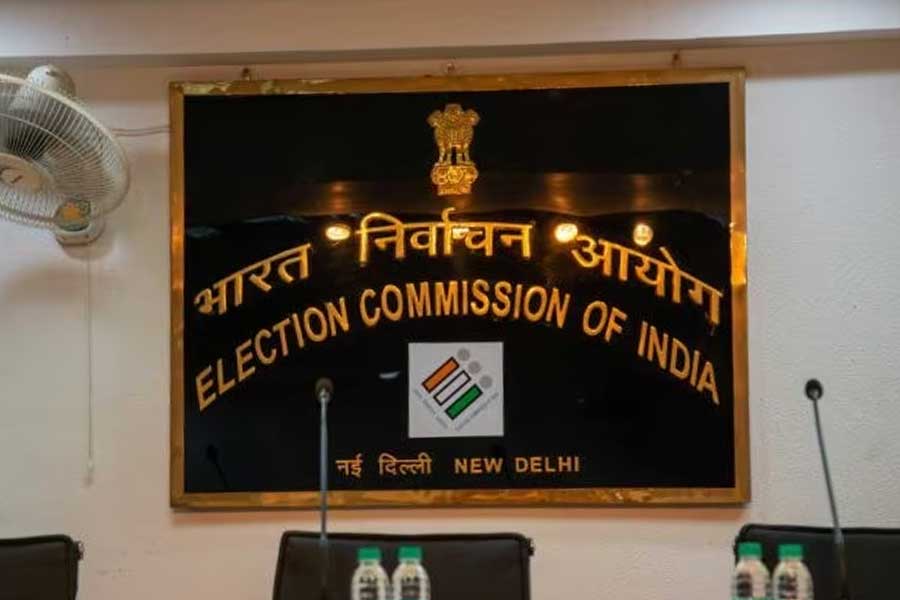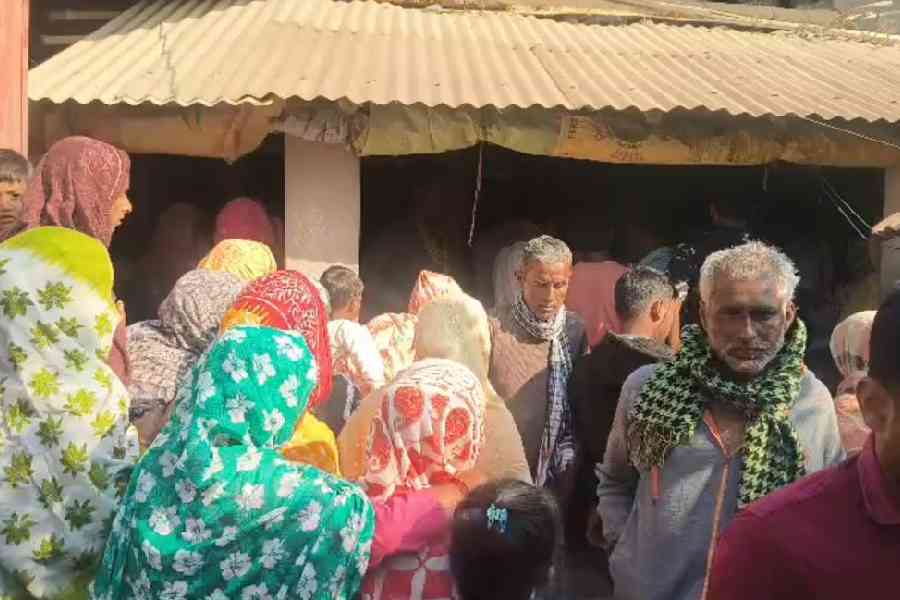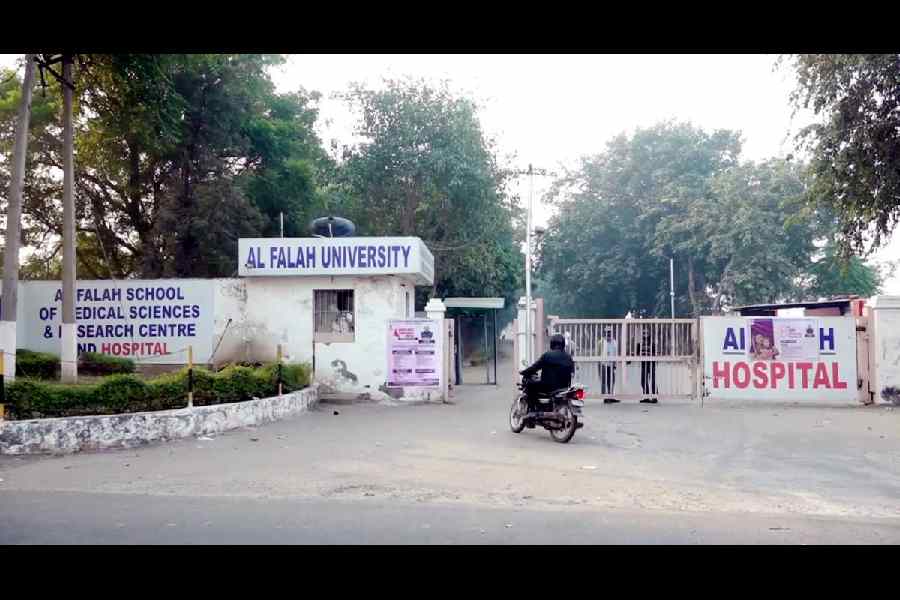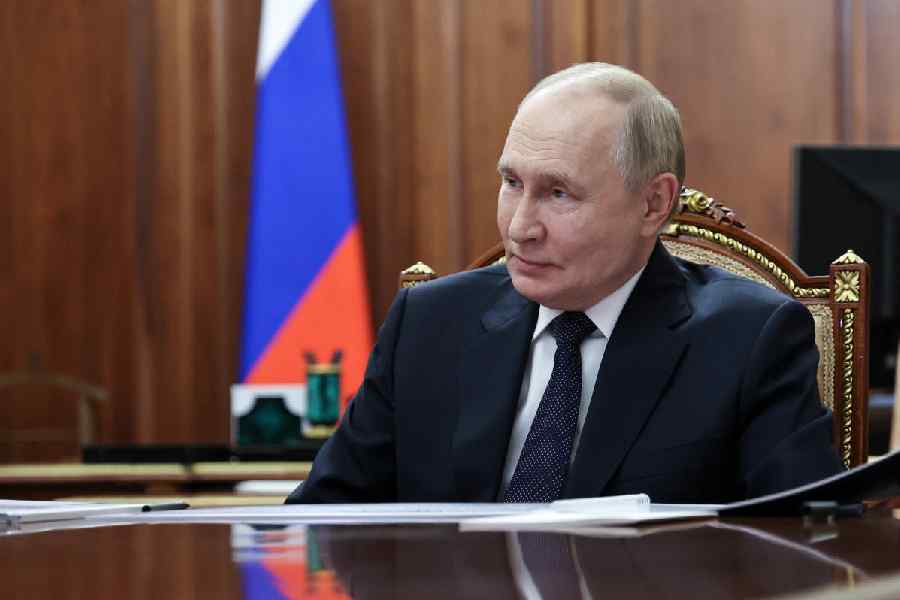
New Delhi, June 23: Every third Bengali and almost every Gujarati speaker among would-be doctors and dentists chose to take their entrance test in their mother tongue this year.
Odias showed the least interest in taking the exam in their vernacular, suggest the registration data for the National Eligibility-cum-Entrance Test (NEET), which governs admissions to undergraduate medical and dental courses across India. (See chart )
This year's test gave the candidates a choice of 10 languages - including Bengali, Odia and Assamese - instead of the stark English-or-Hindi option of previous years.
Of the nearly 11.39 lakh students who registered for the test, 9.13 lakh (80.16 per cent) chose English and 1.2 lakh (10.59 per cent) picked Hindi. Some 47,853 (4.2 per cent) chose Gujarati and 34,417 (3.02 per cent) opted for Bengali.
According to 2001 census data, 41.03 per cent of Indians speak Hindi followed by 8.11 per cent who speak Bengali.
Telugu (7.19 per cent) comes next, followed by Marathi (6.99), Tamil (5.91), Urdu (5.01), Gujarati (4.48), Kannada (3.69), Odia (3.21), Malayalam (3.21), Punjabi (2.83) and Assamese (1.28).
Marathis, Tamils, Telugus and Kannadas emulated Odias in showing a marked lack of interest in writing their medical-dental entrance test in their native languages.
Among Hindi speakers, every fourth student seems to have chosen to take the exam in Hindi - extrapolating their proportion among the applicants from their percentage in the population - perhaps because enough study material is available in Hindi.
Panchanan Mohanty, coordinator at the Centre for Endangered Languages and Mother Tongue Studies at the University of Hyderabad, explained the findings in the light of two factors: the availability of study materials in the regional languages, and certain groups' pride in their mother tongue.
"Gujaratis and Bengalis feel proud about their language. They prefer to transact mostly in their language unlike (the speakers of) other (Indian) languages," he said.
Mohanty said that keeping local attitudes in mind, the school boards in Bengal and Gujarat had published science textbooks in the local languages, allowing their students to take the Class XII exams in the vernacular.
In contrast, he said, there is hardly any science textbook in the Odia language.
"In the Hindi belt, the preference is shifting towards English. There is a feeling that the quality of education at English-medium schools is better," Mohanty said.
Dr Kampa Shankar, a Medical Council of India executive committee member, said the entrance exam had introduced the choice of regional languages so that no candidate lost out because of his poor command of English.
He said the council would decide whether to drop some of the regional languages or include more of them on the basis of the student response this year.
"If there are negligible takers for any specific language, it may be dropped. Some other languages may be included next year," Dr Shankar said.
He said the medium of instruction in medical and dental courses was English across the country.

